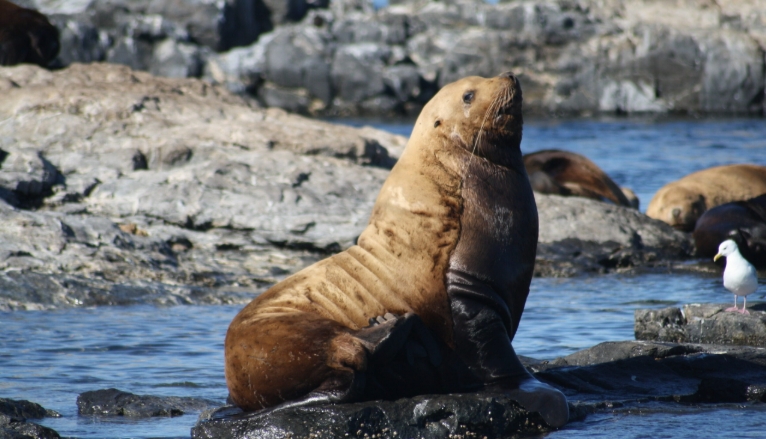The Largest Ocean in the World: Understanding Its Vastness and Importance
The ocean covers over 70% of the Earth’s surface, playing a crucial role in the planet’s climate, ecosystems, and human life. Among these vast blue expanses, the Pacific Ocean stands out not only as the largest ocean but also as a vital resource for biodiversity and climate regulation. Understanding its size and significance helps us appreciate the beauty and challenges of our planet’s marine environments.
The Boundaries and Size of the Pacific Ocean
The Pacific Ocean stretches from the Arctic Ocean in the north to the Southern Ocean in the south, and it is bordered by Asia and Australia on the west and the Americas on the east. Covering approximately 63 million square miles (165 million square kilometers), it is larger than all the Earth’s landmasses combined. This immense size means the Pacific is home to numerous islands, including the diverse archipelagos of Hawaii and Polynesia. The vast depth of the ocean also makes it an area of great interest for research, with the Mariana Trench, the deepest part of the ocean, plunging about 36,000 feet (11,000 meters) below sea level.
The Rich Ecosystem of the Pacific Ocean
The Pacific Ocean is teeming with life, boasting the largest number of marine species in the world. From the colorful coral reefs to the expansive kelp forests, these ecosystems provide habitat for countless fish, birds, and mammals. The ocean’s warm waters are also crucial for many species’ reproductive cycles, supporting vast migrations of whales, turtles, and other marine wildlife. Moreover, the Pacific is a key area for fisheries and aquaculture, supplying food and livelihoods for millions of people around the globe. Unfortunately, these ecosystems face threats from climate change, pollution, and overfishing, highlighting the urgent need for sustainable practices.
The Cultural and Economic Significance
Beyond its ecological value, the Pacific Ocean holds immense economic and cultural importance for many nations. It serves as a major trade route, connecting diverse economies across Asia, the Americas, and beyond. Countries that border the Pacific, such as Japan, Australia, and the United States, rely on it for shipping, tourism, and fisheries, making it integral to their economies. Additionally, the Pacific has deep cultural ties for Indigenous peoples, who have lived along its shores for thousands of years, developing rich traditions and practices tied to the ocean. Understanding this cultural heritage is essential for appreciating the ocean’s role in shaping identities and histories.
In conclusion, the Pacific Ocean stands out as the largest ocean in the world, offering unparalleled biodiversity and cultural wealth. Its vastness plays a crucial role in global climatic patterns and economic activities. As we reflect on the importance of this magnificent body of water, let us take steps to protect and celebrate its resources. If you’re curious to learn more about the ocean’s ecosystems or how to get involved in conservation efforts, explore local marine programs or ocean education initiatives in your community. Your adventure awaits!

